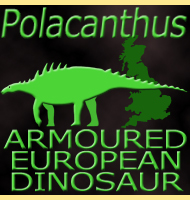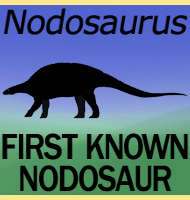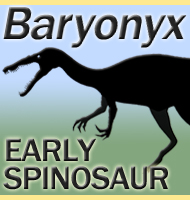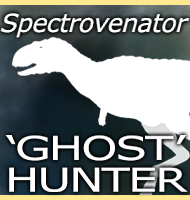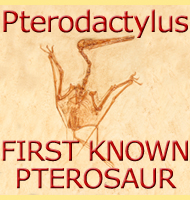


Hylaeosaurus
Name:
Hylaeosaurus
(forest lizard).
Phonetic: Hy-lay-e-o-sore-us.
Named By: Gideon Mantell - 1833.
Classification: Chordata, Reptilia, Dinosauria,
Ornithischia, Thyreophora, Ankylosauria, Nodosauridae,
Polacanthinae.
Species: H. armatus (type).
Diet: Herbivore.
Size: Uncertain, in the past Hylaeosaurus has been
estimated at anything between 3 and 7.6 meters long.
Known locations: England. Furhter remains from
Europe have been attributed to the genus, but many of these are now
considered to be from other genera.
Time period: Velanginian of the Cretaceous.
Fossil representation: Partial remains.
When
Richard Owen first established the Dinosauria, and thus creating the
term dinosaur in 1842, Hylaeosaurus was one of
the three genera
used to establish the group (the others were Megalosaurus
and
Iguanodon).
Several species of Hylaeosaurus
have been named over
the years, but the only species currently thought to be valid is the
type genus H. armatus.
Named
in 1833, Hylaeosaurus was the first genus of
armoured ankylosaur
dinosaur to ever be discovered, and was the third dinosaur genus to
be named. Much of what it actually looked like is still unknown,
but it can be expected to be a squat quadrupedal dinosaur, with a
covering of bony plates and spikes down the back and sides. The exact
arrangement of these however is still unknown, though it is not
expected to have a single row of spines down the back as originally
suggested by Gideon Mantell.
Hylaeosaurus
may have been a primitive nodosaur, though it is often regarded as a
polacanthine. Because of this, Hylaeosaurus
would not have had a
tail club like in the later ankylosaurids.
Further reading
- The Geology of the South-East of England, Gideon Mantell -
1833.
- Hylaeosaurus, Polacanthus,
and the systematics and stratigraphy
of Wealden armoured dinosaurs, J. Pereda-Suberbiola - 1993.
- The first known femur of Hylaeosaurus armatus
and reidentification
of ornithopod material in The Natural History Museum, London, P.
M. Barret 1996.
- Skull of the polacanthid ankylosaur Hylaeosaurus armatus
Mantell,
1833, from the Lower Cretaceous of England, K. Carpenter -
2001.
Random favourites
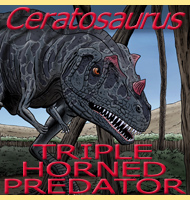 |
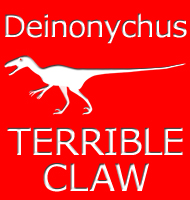 |
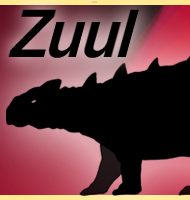 |
 |
